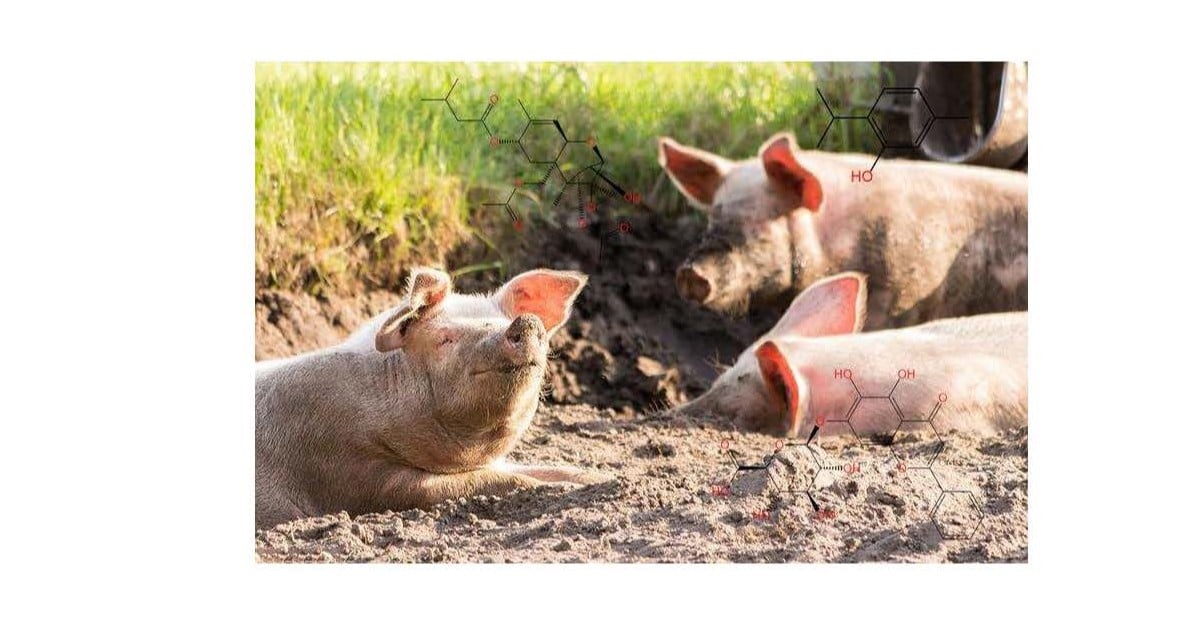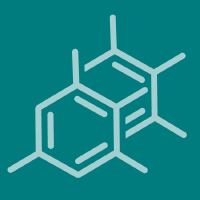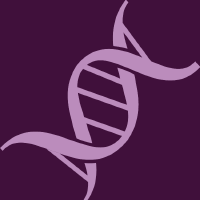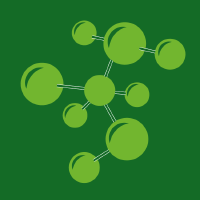Topic Menu
► Topic MenuTopic Editors


Recent Advances in Veterinary Pharmacology and Toxicology

Topic Information
Dear Colleagues,
Nowadays, veterinary pharmacology and toxicology should be regarded as disciplines contributing to the “One Health” paradigm, reducing risk at the animal–human ecosystem. The use of antibiotics plays a crucial role in maintaining the safety, health, and rapid development of the animal husbandry industry. In the past 30 years, the fields of veterinary pharmacology and toxicology have experienced rapid development and achieved a series of important results. For example, in 2015, Chinese scientists from the fields of veterinary pharmacology and toxicology first discovered the colistin resistance gene MCR-1. Currently, the development of new veterinary drugs and the rational use of existing antibacterial drugs are hot topics in this field, and some progress has been made in recent years. Therefore, we call on scientists in this field to submit their latest research, including but not limited to bacterial resistance, combination therapy, drug toxicology and molecular mechanisms, and new drug development. We hope to attract more scholars to veterinary pharmacology and toxicology and promote the exchange and development of these disciplines through this Topic.
Prof. Dr. Chongshan Dai
Prof. Dr. Jichang Li
Topic Editors
Keywords
- veterinary science
- drug therapy
- natural products
- pharmacology
- toxicology
- antioxidants
- combination therapy
- cell death
- bacterial infection
Participating Journals
| Journal Name | Impact Factor | CiteScore | Launched Year | First Decision (median) | APC | |
|---|---|---|---|---|---|---|

Antioxidants
|
6.6 | 12.4 | 2012 | 17.4 Days | CHF 2900 | Submit |

Journal of Xenobiotics
|
4.4 | 6.0 | 2011 | 27.6 Days | CHF 1600 | Submit |

Metabolites
|
3.7 | 6.9 | 2011 | 14.4 Days | CHF 2700 | Submit |

Molecules
|
4.6 | 8.6 | 1996 | 16.1 Days | CHF 2700 | Submit |

Toxics
|
4.1 | 6.4 | 2013 | 18.1 Days | CHF 2600 | Submit |

Veterinary Sciences
|
2.3 | 3.5 | 2014 | 21.1 Days | CHF 2100 | Submit |

International Journal of Molecular Sciences
|
4.9 | 9.0 | 2000 | 20.5 Days | CHF 2900 | Submit |

Biomolecules
|
4.8 | 9.2 | 2011 | 19.4 Days | CHF 2700 | Submit |

Preprints.org is a multidisciplinary platform offering a preprint service designed to facilitate the early sharing of your research. It supports and empowers your research journey from the very beginning.
MDPI Topics is collaborating with Preprints.org and has established a direct connection between MDPI journals and the platform. Authors are encouraged to take advantage of this opportunity by posting their preprints at Preprints.org prior to publication:
- Share your research immediately: disseminate your ideas prior to publication and establish priority for your work.
- Safeguard your intellectual contribution: Protect your ideas with a time-stamped preprint that serves as proof of your research timeline.
- Boost visibility and impact: Increase the reach and influence of your research by making it accessible to a global audience.
- Gain early feedback: Receive valuable input and insights from peers before submitting to a journal.
- Ensure broad indexing: Web of Science (Preprint Citation Index), Google Scholar, Crossref, SHARE, PrePubMed, Scilit and Europe PMC.

